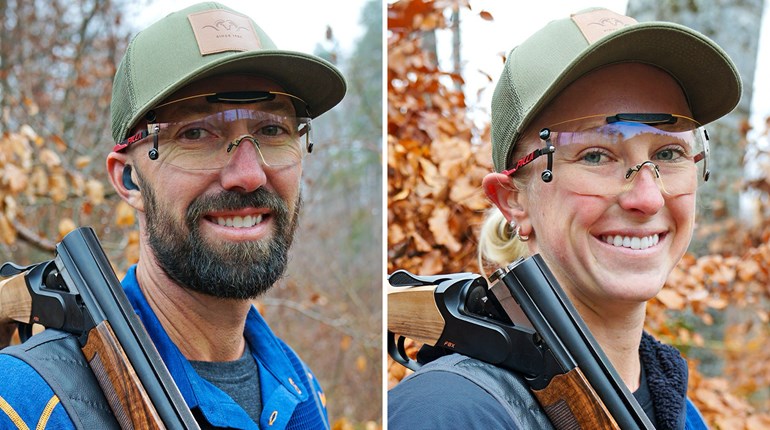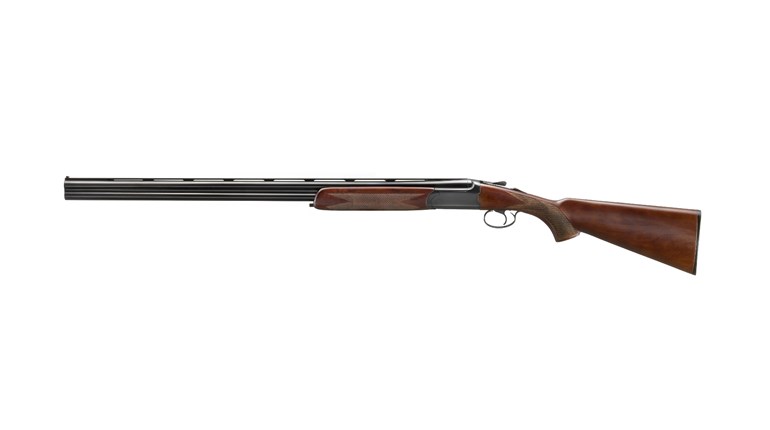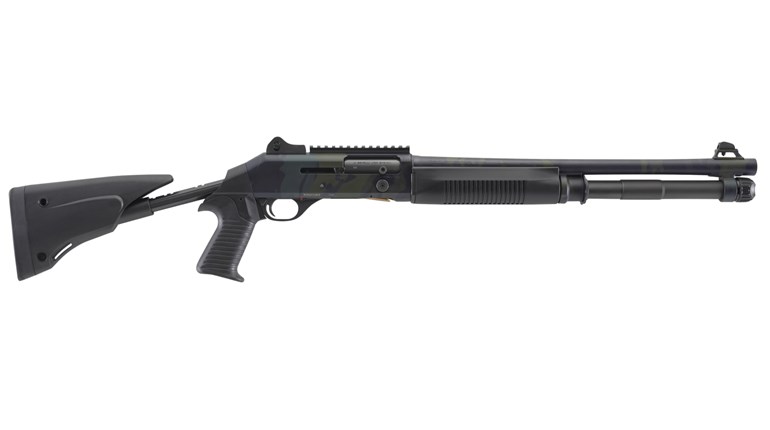
Wolves sometimes threatened the flocks that lonely shepherds guarded in the high pastures of Sicily, and the people needed a good long gun to repel attacks. What evolved was a short shotgun that carried easily but had decisive terminal effect. Made in Belgium with old-world skill and pride, these elaborate little guns were passed down from father to son. They were called luparas, literally "for the wolf."
No one could ever doubt the utility of a short double-barreled shotgun for close-range pest control. It is equally certain, as the years passed, the definition of an appropriate pest broadened considerably.
A compact shotgun is the ultimate close-range weapon, and it's a staple of the Western film. This takes it well beyond the pastoral settings of Sicily to the dusty trails of the American frontier and arguably beyond. I saw one in the rice paddies of Southeast Asia, and I suspect they've been used just about everywhere in between.
My good friend, the late Chuck Karwan, argued that the use of a short shotgun by the second man on Wells Fargo coaches was Hollywood fiction. He may have been right. I often prowl gun shows looking for old hammer guns, finding more of them in long lengths than short. Period photography seldom shows frontiersmen posing with their short shotguns, and I have to wonder why.
This style of firearm holds some inexplicable fascination for me, and I have several of these old warriors in my accumulation of ordnance. I am not alone with my preoccupation. There are several references to them in the writings of the late Col. Jeff Cooper.
As much as I enjoy collecting the shooting veterans of Victorian times, I damned sure don't shoot them. Almost all of the ones you see have Damascus barrels and aren't in the best of condition. In short, they are not safe to shoot. Where are you going to get a shooter, particularly the exposed-hammer type?
Cowboy-action shooting involves the use of frontier-type short shotguns, and most are replicas. Several companies import replica hammer doubles, including a superb reproduction Greener from Poland brought in by Pioneer Arms.
Real shotgunners are surely aware of the many solid doubles of various makes that were built in more modern times. Most of these are hammerless (actually, internal-hammer) guns. In one way, the hammerless gun is better than the external-hammer type. When you load and close a hammerless gun, the mechanism is cocked, thereby obviating the need to thumb them back as a separate action. This is marginally faster, but I would not care to store one as a defensive firearm loaded and cocked. On the other hand, a double-barrel with external hammers can be loaded and left with the hammers down—no compressed hammer springs—against the possibility of need.
Somewhere along the way, the sawed-off shotgun got a bad name. At one point, the sawing-off process was thought to increase spread, which it will with the removal of the choke. Even now, the sporting shotgunner recoils at the idea of a short shotgun with barrels that are "ruined." Quite the contrary; it's a tool for a legitimate need—a long gun for the guy who has to work close in deadly circumstances. As long as the barrel is longer than 18 inches, the shotgun is legal by Federal law.
Not so many years ago, NYPD detectives were issued a Stevens 311 with short barrels. That's one remarkable use for an unusual hunk of fightin' iron.




































